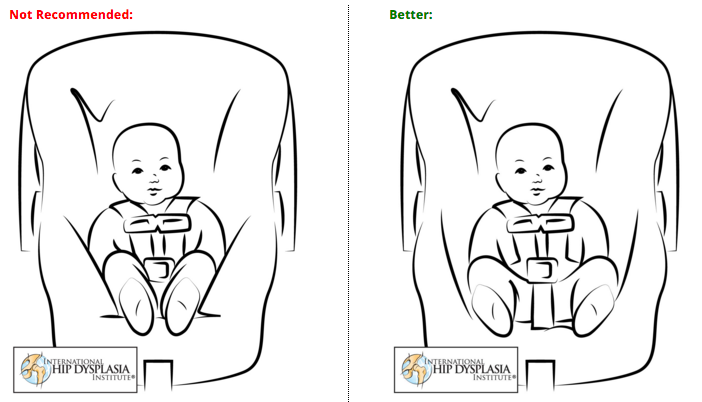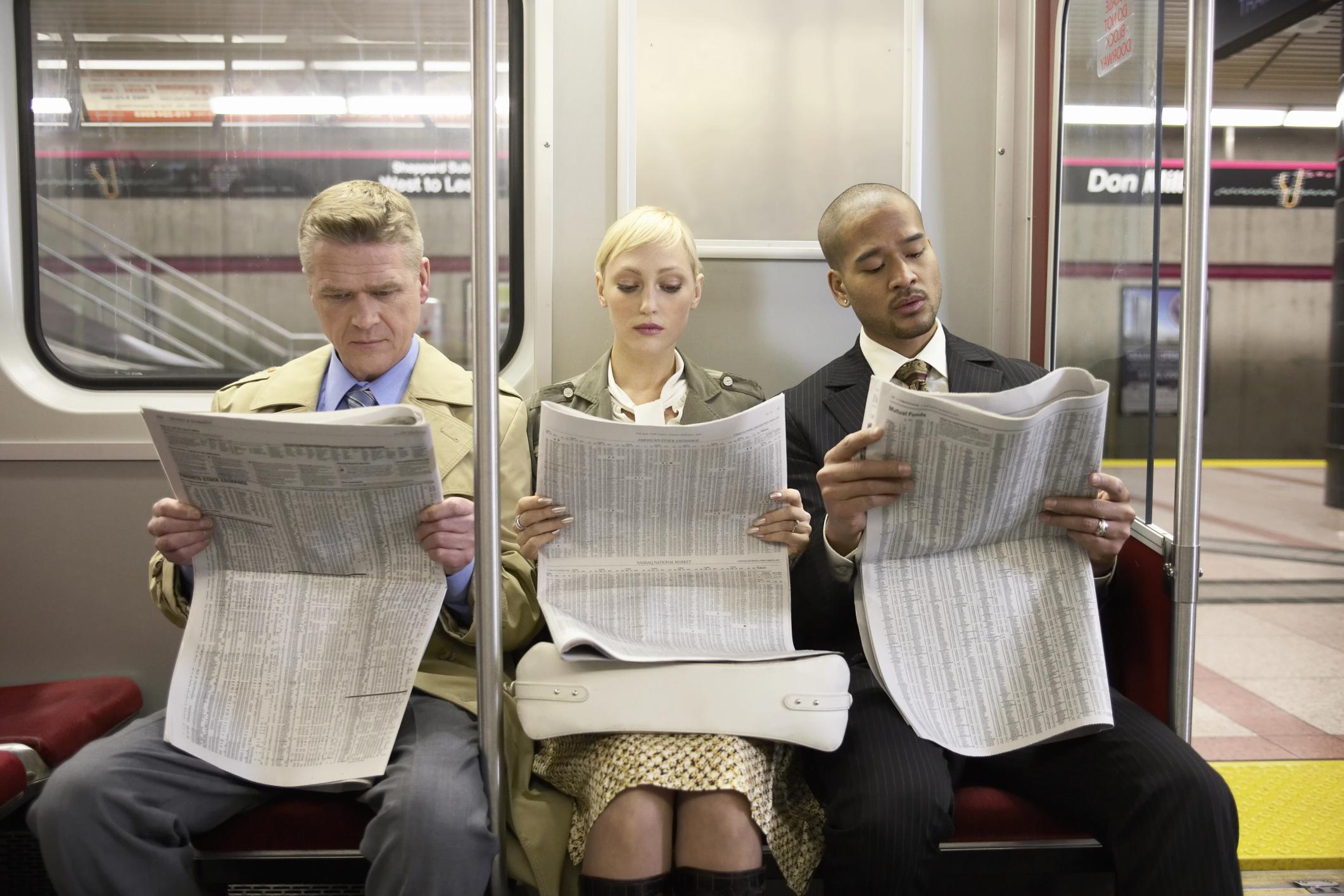What if, all this time, we were wrong about manspreading? What if, after two years of awareness-raising, a series of new subway signs, and the invention of a brand new word to describe the phenomenon, we realized that men were incapable of not spreading?
Such is the specter raised by two data crunchers at Economoniter this week. Using body-measurement data from a military survey and a workplace ergonomics book, Ash Bennington and Mark Skinner draw the conclusion that male bodies, with high shoulder-to-hip ratios and long femurs, are made to manspread.
Their report posits that since the average man’s shoulders are 28 percent wider than his hips, the average woman’s shoulders are 3 percent wider than her hips, and men and women have, on average, similar-sized hips, a man’s knees function like a cat’s whiskers, testing the width of his seat’s area to see if there’s enough room for his comparatively wider shoulders to fit. By spreading them, he’s reserving the space his upper body needs to rest comfortably against the seat back. In a generous exchange, they go on to suggest that when men spread on aisle-facing seats, they’re doing their co-passengers a favor by reducing the aisle space their protruding knees command.
Public transit is not about comfort—anyone can sit in a less-than-ideal position for the time it takes to complete a subway ride. And for every man whose shoulders are not adequately straightened because he wasn’t able to spread his legs far enough, there’s a woman trying to avoid touching her benchmate by (uncomfortably) scrunching her knees and elbows together while he spreads in peace.
But even taking the comfort question into account, this data analysis is full of holes. A man can lean flat against the seat back, taking up all the space his enormous, he-man shoulders need, and keep his legs parallel to one another within his seat’s zone. Unless he has a vision problem, he doesn’t need his knees to serve a heuristic spatial purpose—his eyes can do that.
If men aren’t flicking their knee-whiskers about to detect obstacles in their environment, why do they spread? Some suggest that men try to boost lagging testosterone levels and low confidence by striking a power pose. Alternatively: “[Men] have testicles, and testicles don’t always sit well with scrunched up legs,” as one writer explained last year. Canadian men’s rights activist and unfailing testicle-defender Geoff Stone agreed: “If your testicles just happen to be in the wrong spot, that could squeeze your testicles … that could hurt.” Plenty of men have pled that their enormous packages demand the space because they get sweaty; if men can’t spread, their testicles might get too hot, putting their hosts at risk of cancer and infertility. These men, whose testicles are so bloated and inflamed that they require an extra half-seat on the subway, deserve our empathy and every reasonable concession—they need a doctor, not an anti-manspreading campaign.
On the other hand, if Bennington and Skinner are right, men who spread are exhibiting classic infantile behavior: Babies, too, must keep their legs wide open, to avoid hip dysplasia. If manspreaders can convince their parents or partners to carry them around, they might benefit from an ERGObaby carrier, which keeps the hips nice and open—the way men are built to sit. But for public transit, we recommend a wide, comfy carseat.

